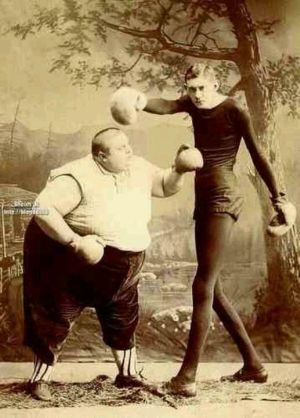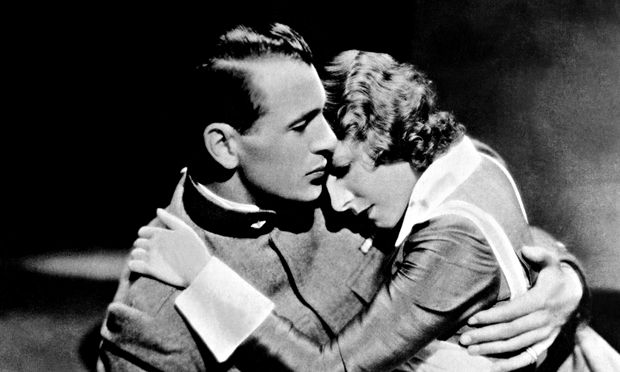 Syntax, usage, grammar and diction are all closely related, and sometimes it is impossible to separate them. In this post I’m going to talk about decisions the writer has to make about sentence length.
Syntax, usage, grammar and diction are all closely related, and sometimes it is impossible to separate them. In this post I’m going to talk about decisions the writer has to make about sentence length.
Just to be clear, syntax is defined as the choices the writer makes about putting words together to make phrases and sentences. This is kind of vague, and to tell the truth, whenever I use the word “syntax” I have to look up what it means exactly. While there are lots of correct ways to express ideas, there are an equal number of wrong ones. That really is why writing is so challenging!
So anyway, as writers, we are putting words together in order to express our ideas. The length of the sentences we choose needs to be deliberate.
What will be the effect of using a short sentence? Usually it conveys clear, simple ideas that we want the reader to follow quickly. A short sentence in the middle of longer ones halts the rhythm and calls attention to itself. Occasionally I will see writing that consists of strings of short sentences, which gets tedious and boring for the reader. The fix is to combine short sentences using conjunctions (but, because, and, or, nor) or relative pronouns (who, whom, which, whoever, whomever, whichever, and that).
By far the most common error with sentence length is the run-on sentence. Run-on sentences make the reader tired, and also require him or her to reread. If the writer’s intention is to get the reader to slow down and consider a complex idea, a longer sentence makes sense. But long sentence after long sentence makes the reader want to give up. The fix here is to break up the sentences, take out the conjunctions and relative pronouns, as well as adverbs like “however.”
The quick way to identify sentence length problems is to read it out loud to yourself. If it feels like a short, choppy rhythm, you need to combine some of the sentences. If you run out of breath reading a long sentence that goes on for several lines, and you can’t remember what the beginning was, it needs to be broken up.
— Vickie Deneroff

